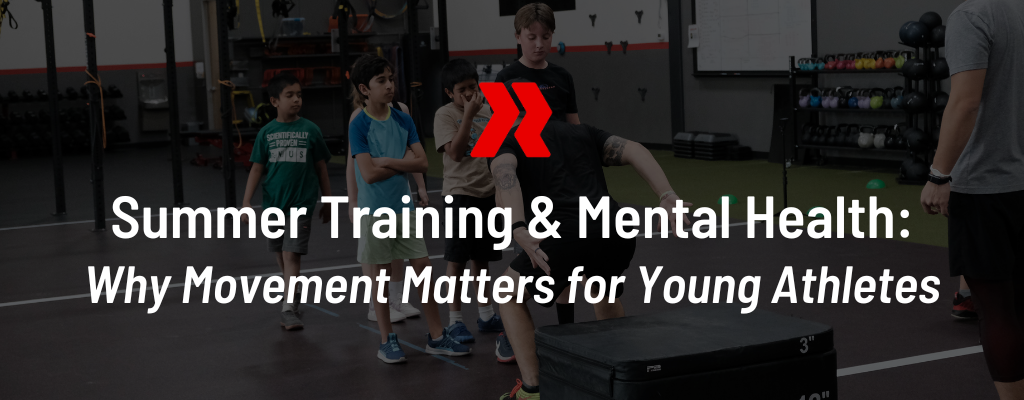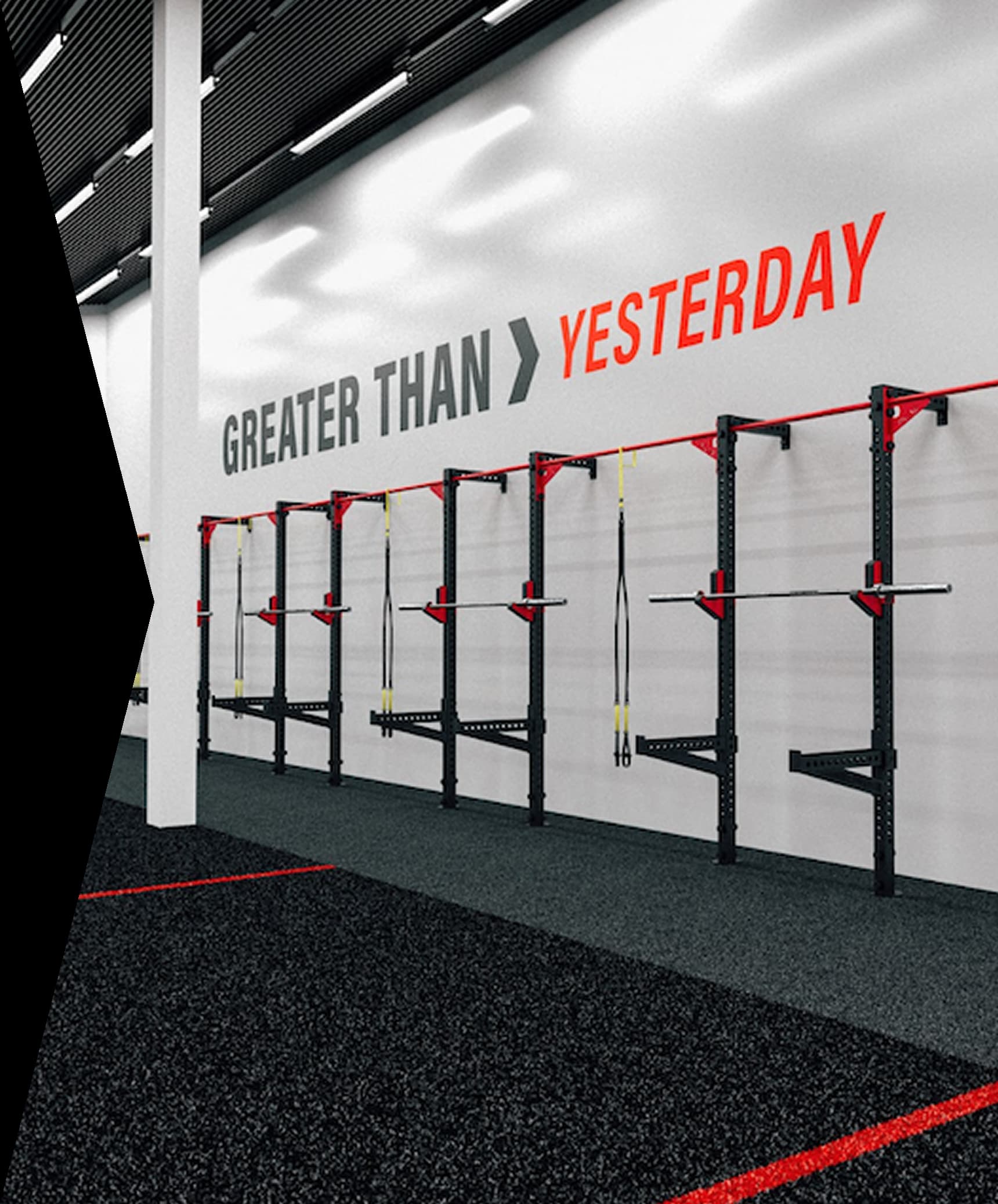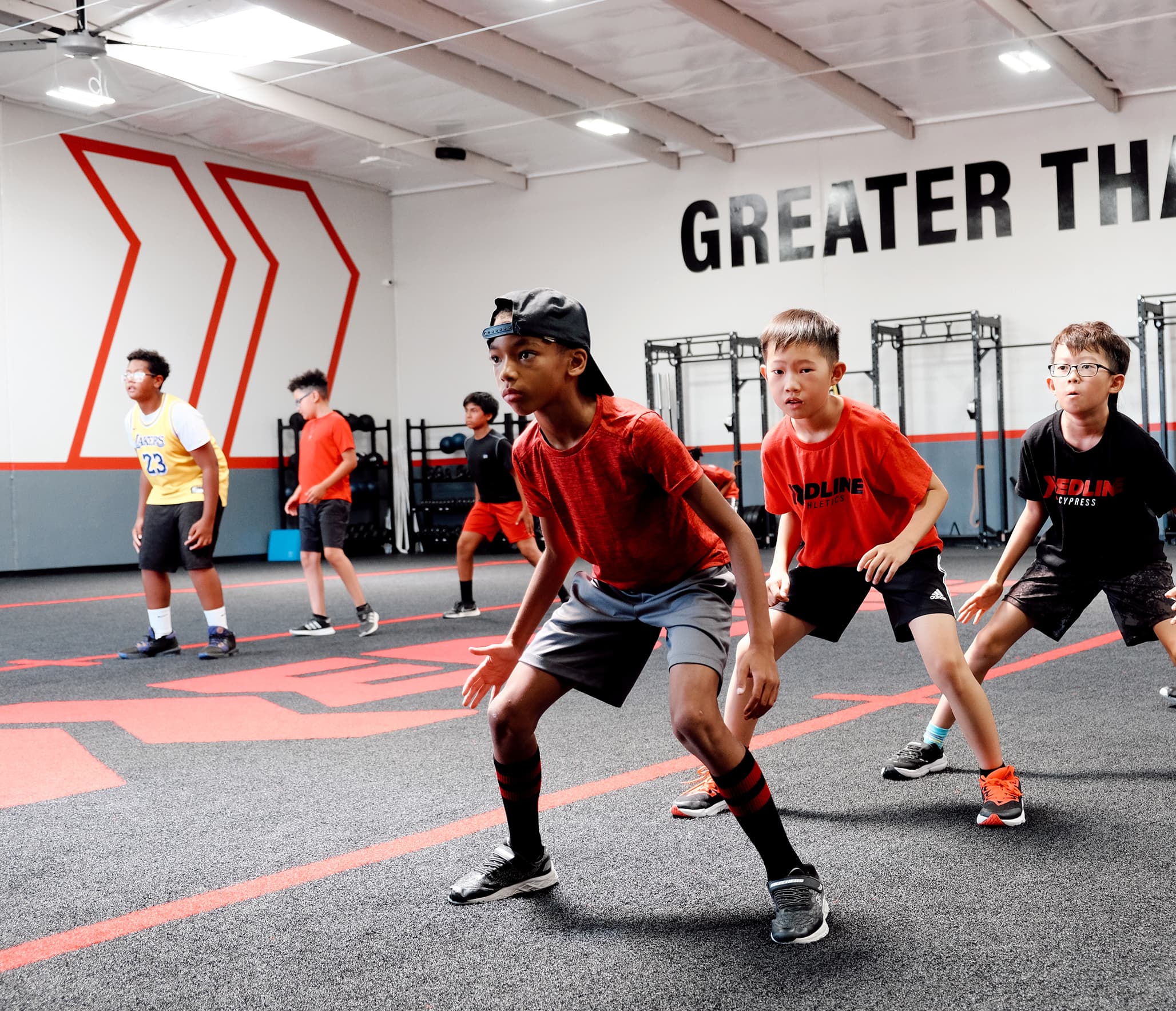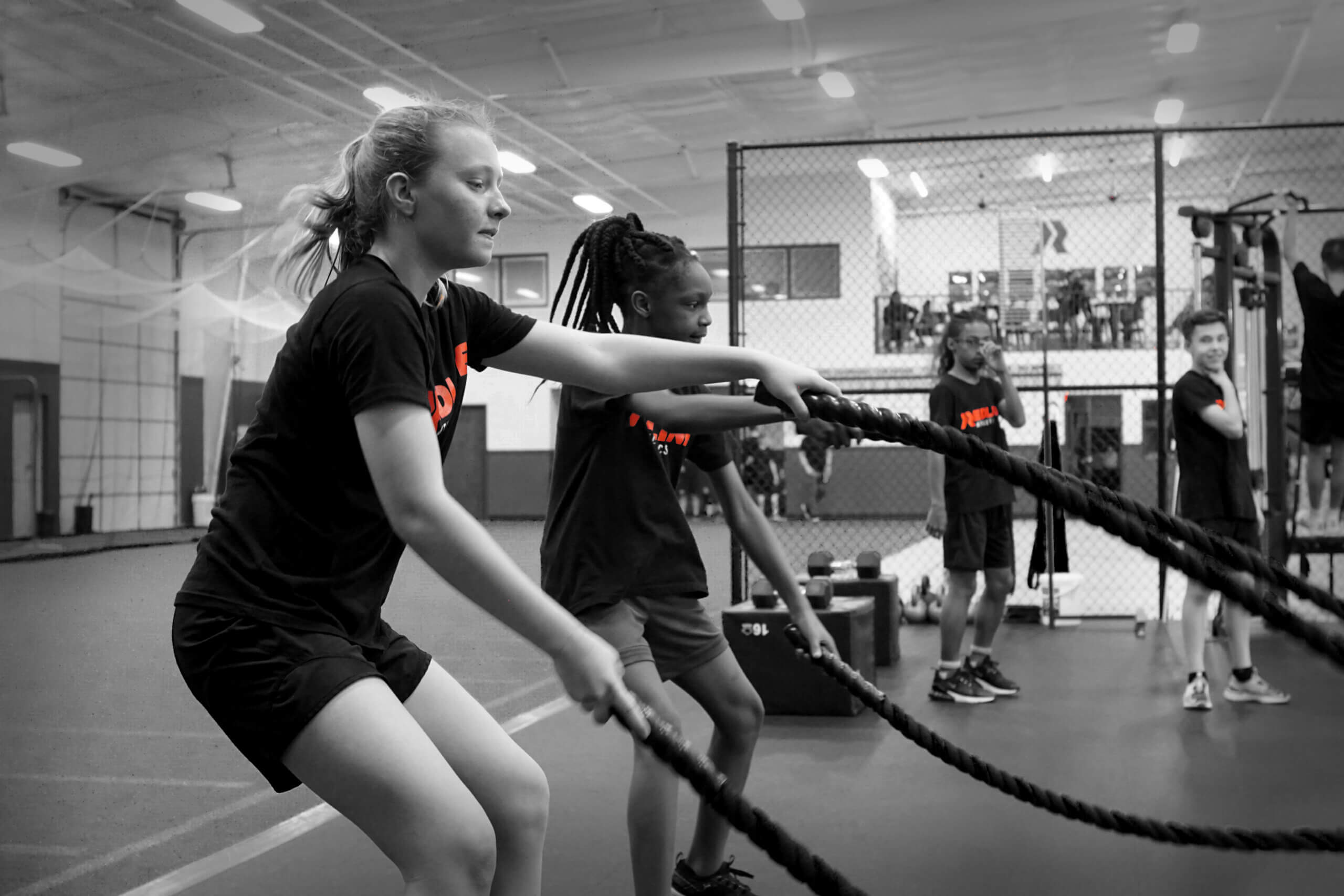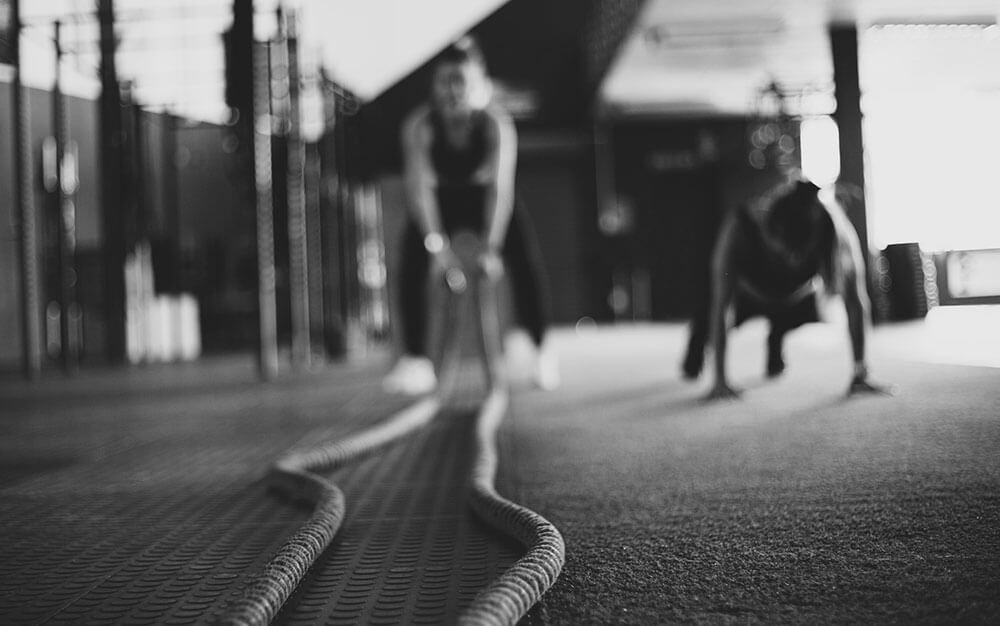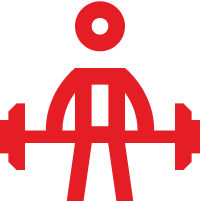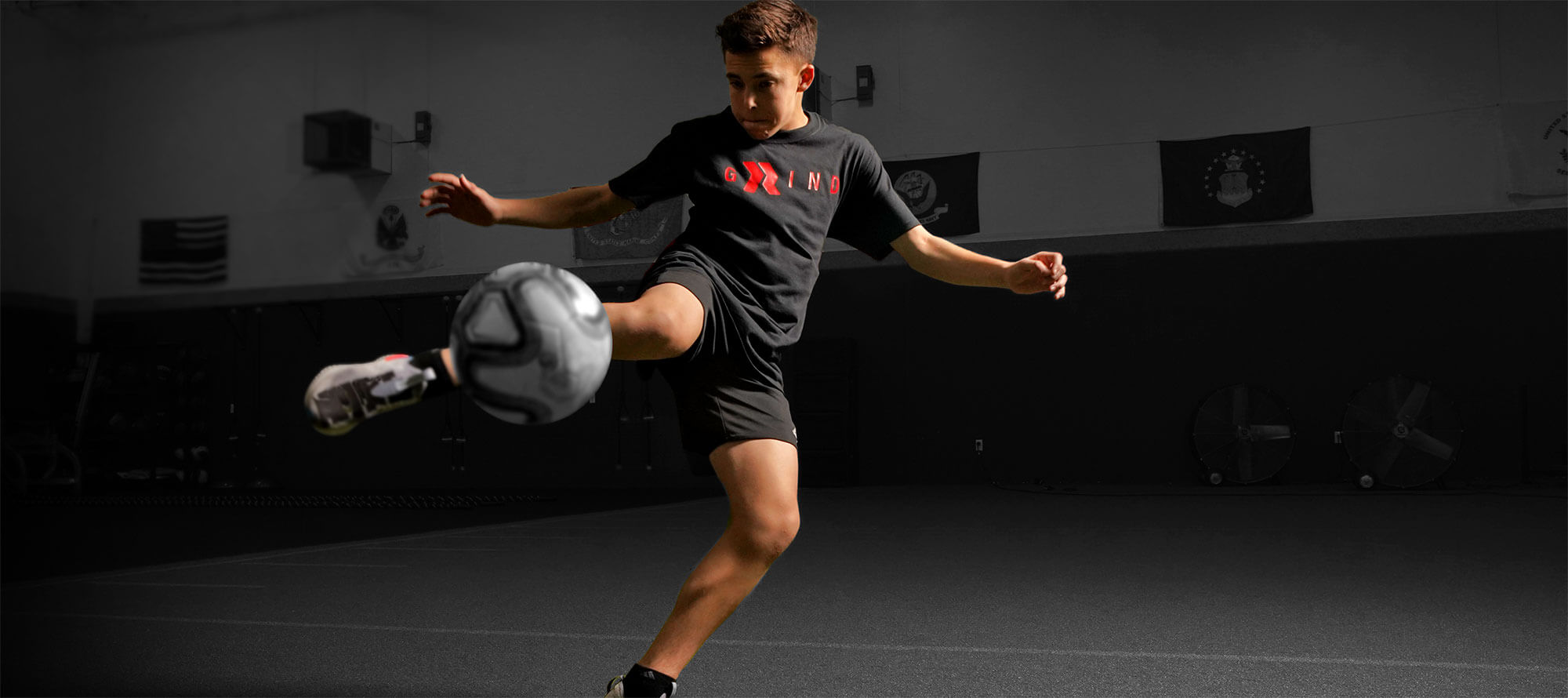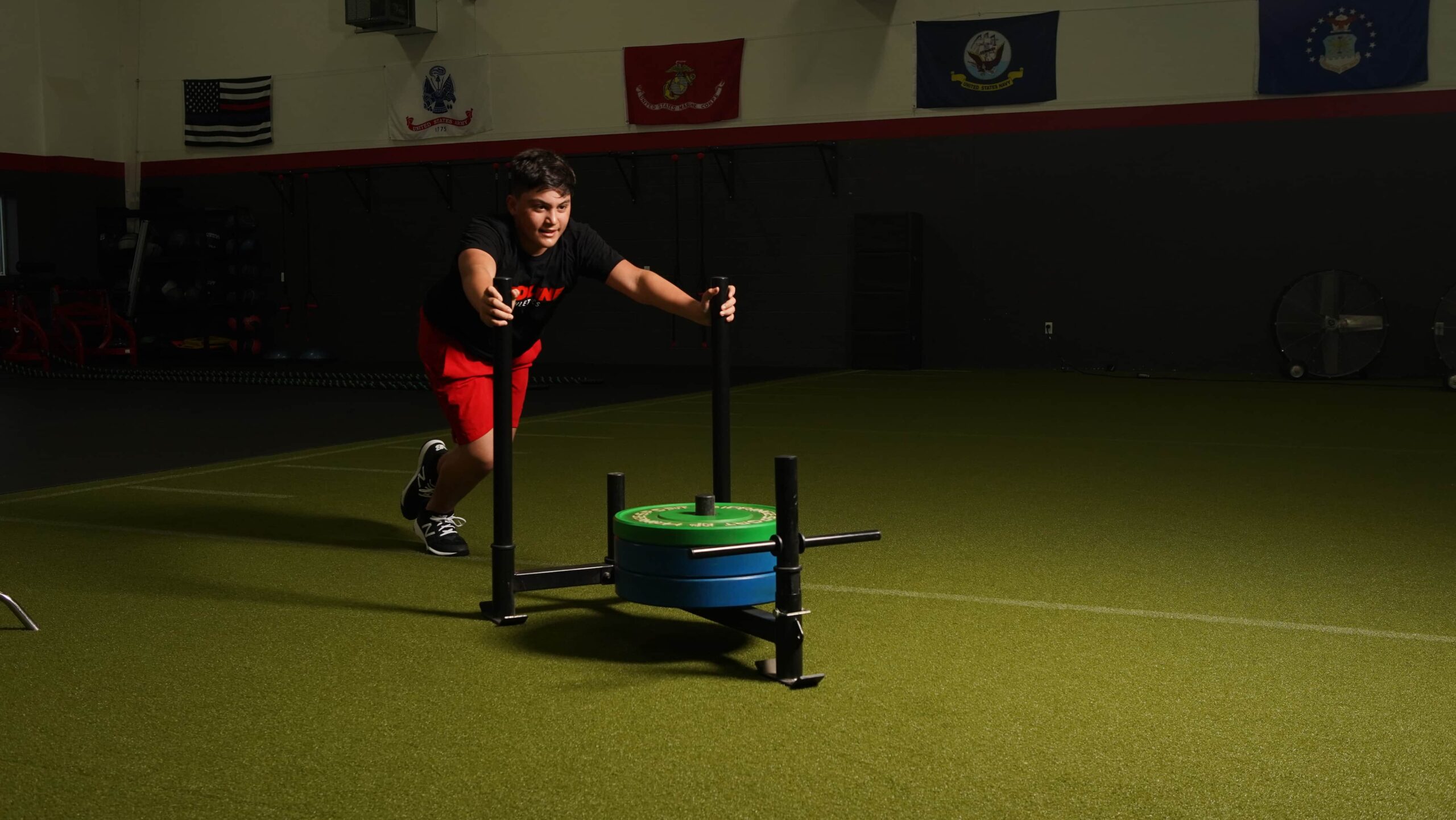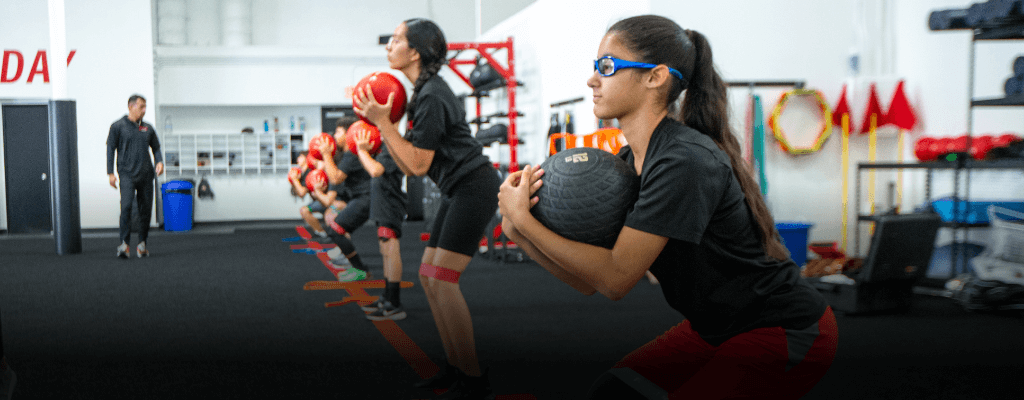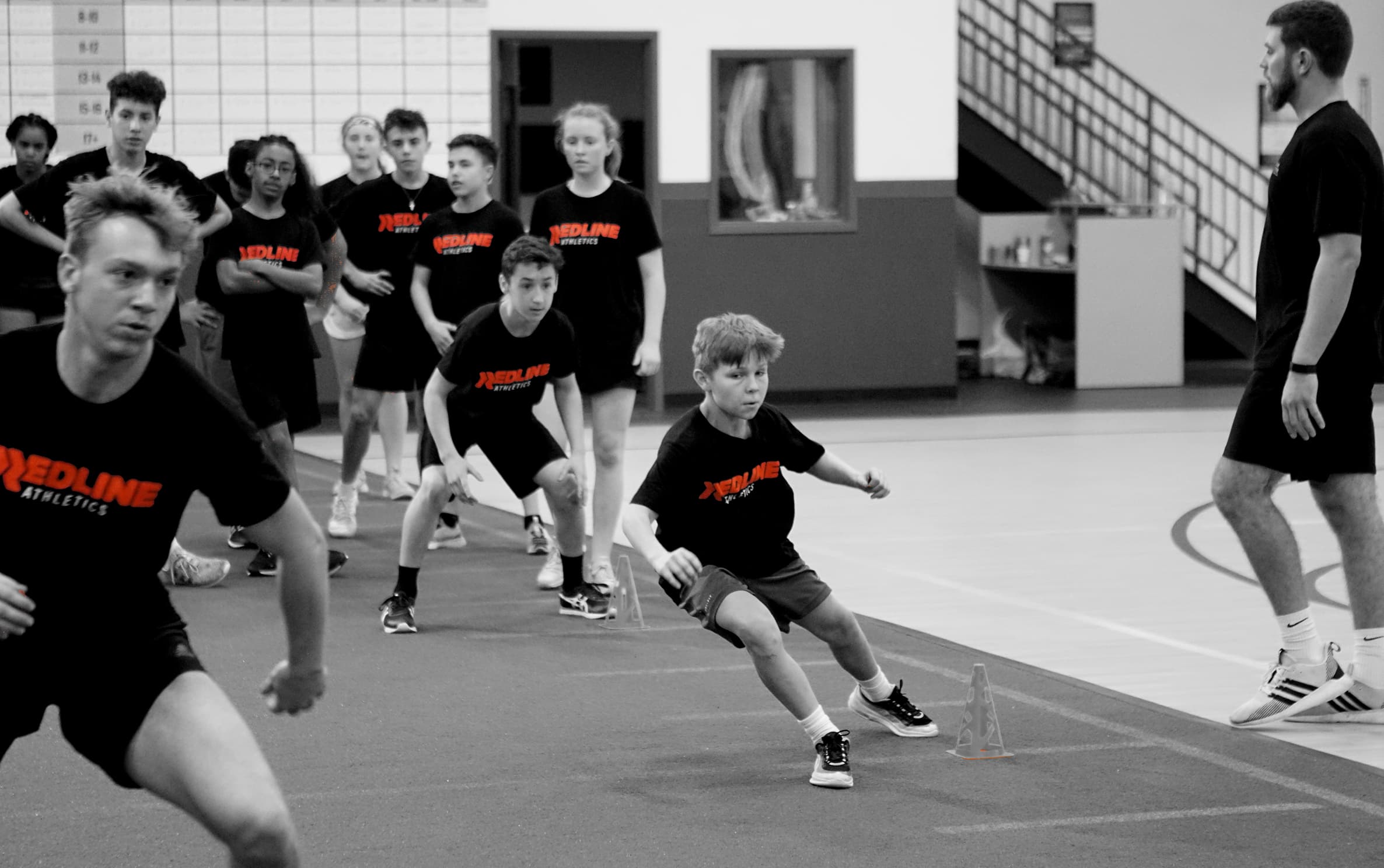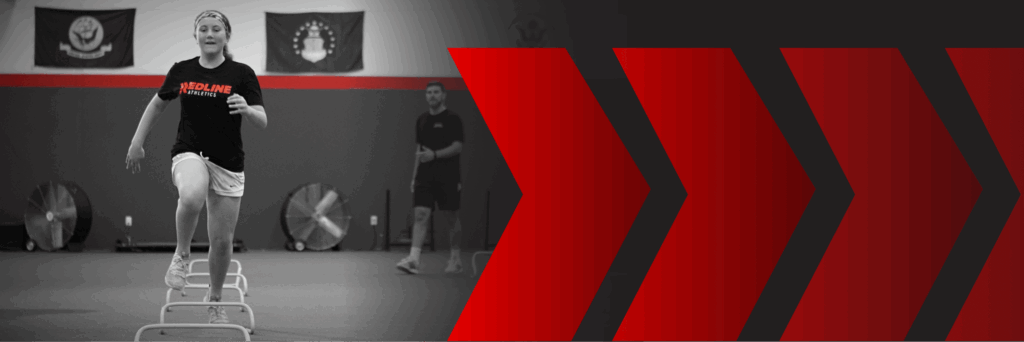
Football, basketball, cheerleading, soccer –– fall’s huge for sports, and one thing they all have in common is the need for peak speed and agility. Here are a few tips to keep in mind while you’re helping young athletes prepare for the upcoming season.
1. Keep Exercises Age-Appropriate
Training needs differ for kids of all ages. The developing muscles and joints of a 10-year-old athlete, for example, are much different than the muscles and joints of a 17-year-old athlete. Make sure you’re targeting the correct muscle groups and keeping an eye on age-appropriate fitness and flexibility benchmarks. A Redline Athletics coach can tell you which exercises yield the best results based on age group.
2. Remember to Play
Younger athletes might not get excited about complicated drills with lengthy technical explanations, but they love to play. A game of tag requires a fair amount of running and changing direction on the fly, which builds the coordination and motor skills they need for a variety of sports –– especially basketball and football. Have kids chase each other around some kind of obstacle –– a stack of boxes, a piece of workout equipment, even a tree –– to encourage lateral movements. Whether they’re formal or a game of tag, these drills also help strengthen muscles to prevent injury.
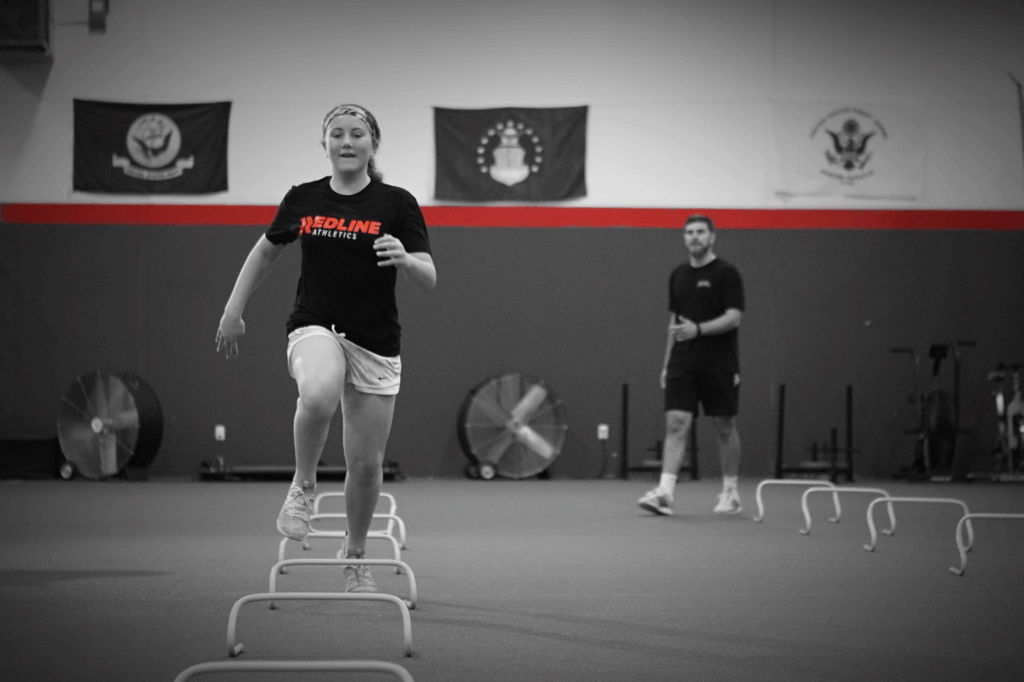
3. Make Your Own Agility Course
Maintaining a steady linear speed is rarely the goal in competitive sports. Athletes of all kinds need to be able to change direction frequently and quickly. It’s easy enough to design your own agility course using plastic cones or any other stationary object. Set them up about 5 yards apart and establish rules that require running from one to the next both forwards and backwards.
4. Stick the Landing
The majority of non-impact injuries are caused by jumping, landing, or quickly slowing down after running at top speed, which is why it’s so important to develop balance and control. Have athletes hop down from a box or platform 6 to 18 inches high and try to land with even pressure on both feet. From there, they’ll go immediately into a squat. This series of movements should reveal any problem areas with proper body alignment (chest up, shoulders back, feet shoulder-width apart, knees in alignment with toes).
5. Switch it Up
Kids of all ages tend to enjoy exercise the most when it engages their body and their brain. Varied movements will not only teach kids about how to move their body through space, but also promote the kind of mental focus and awareness that can make all the difference in fast-paced sports of all kinds.

